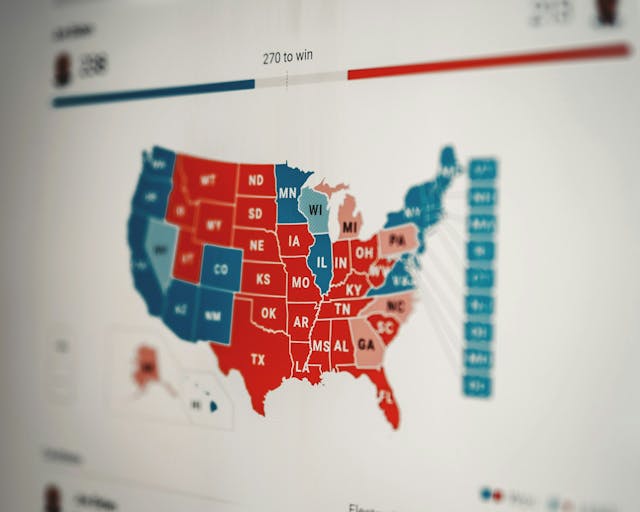April farm update

The federal Central Valley Project (CVP) will be delivering more water to farmers this spring thanks to a wet March. Farmers south of the Sacramento-San Joaquin Delta should receive 65 percent of contract water supplies according to the Bureau of Reclamation. This is a 10 percent increase from the Bureau's March 22nd projection.
"The allocation now exceeds the 20-year average of 62 percent for South-of-Delta agricultural water service contractors, and additional increases are still possible,” said Reclamation Commissioner Michael Connor. “It should be noted, however, that due to the deterioration in the Delta environment, restrictions in South-of-Delta pumping are likely to continue during certain times of the year," he added.
March storms not only swelled rivers and reservoirs throughout the state, they have fed pastures and rangelands providing an abundance of natural forage for livestock and a lower supplemental feed bill for their ranchers. According to a USDA crop report, the spring rains have left Central Valley and foothill pastures in good to excellent condition.
Harvesting of asparagus began late last month in the San Joaquin Delta region, California's top producing area. While the heavy moisture slowed the start of the harvest, it benefited the crop overall. Farmers are expecting this year's crop to rival last year's in size at slightly over 40 million pounds.
Farmers in the Castroville area have increased artichoke production to meet increased demand as Easter approaches. According to the California Farm Bureau Federation (CFBF):
“At the peak of production, farmers say crews can harvest artichokes from a plant one day, and return the next day to find more artichokes on the same plant. Growers say they expect artichoke production to peak during the next two months.
Meanwhile, in the date-growing region of the Southern California desert, crews are pollinating date palms. Teams of skilled workers rove up and down the groves pollinating each tree by hand, a task that must be done for the tree to bear fruit in the Fall. Such work is done by artisans whose techniques are passed down from one generation to the next. The warm and dry weather has been ideal for pollination.
Finally, vineyards across the golden state are breaking into bloom. Growers call this time “bud break” and they say its happening a little later than usual this year because of March's cool weather. As always when their vines are flowering, farmers will be paying special attention to weather forecasts in the coming weeks as their crops are now more vulnerable to frosts.




